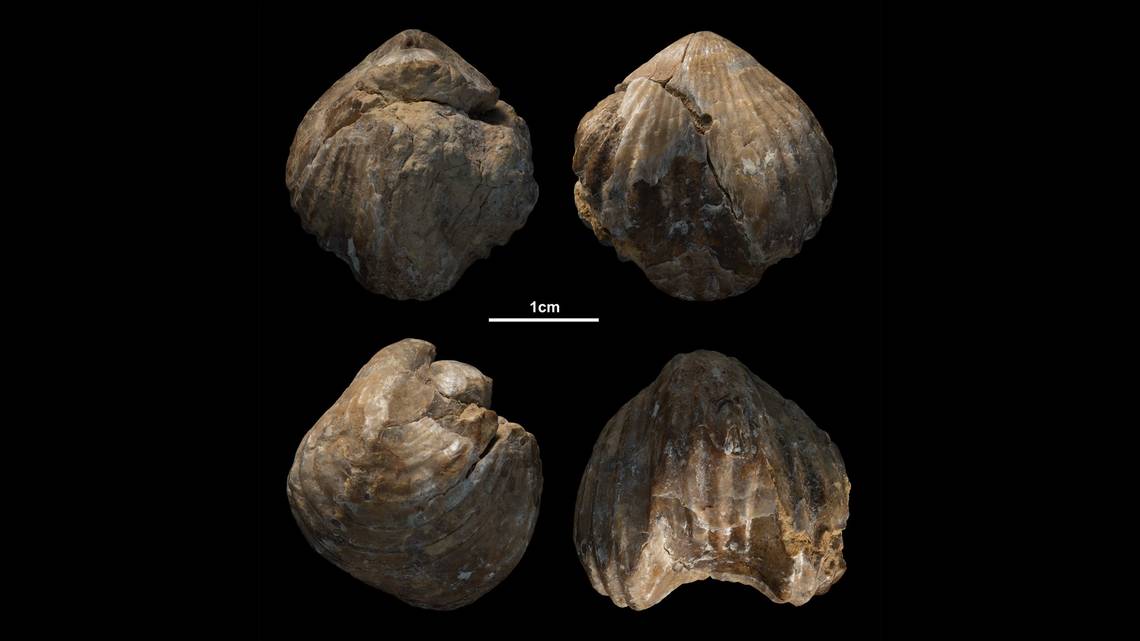Fossilized brachiopods found on Mogador Island puzzle researchers, they’re over 100 million years old, yet buried in Roman-era layers. Experts believe they were purposefully collected and stored, possibly traded as curiosities or used in ancient rituals.
Excavations on Mogador, a small island off the coast of Essaouira, have yielded intriguing fossil finds. In a Roman-era refuse layer dating to between the 1st and 3rd centuries AD, archaeologists unearthed two fossilized brachiopods. The puzzling detail? These marine fossils are far older than the island itself.
According to a
study
published in June, the fossils date back to the Early Cretaceous period, about 132 to 129 million years ago. That’s long before Mogador Island even existed geologically; the island itself is relatively young, having formed just 2 million years ago and containing no Cretaceous deposits.
A trading hub for Phoenicians and Romans
To better understand how the fossils ended up on Mogador, researchers looked closely at the island’s archaeological context. Though small, only 30 hectares, Mogador has seen multiple phases of occupation, including a Phoenician presence from the 7th to 5th centuries BC and Roman activity between the 1st and 4th centuries AD.
Today, the island still holds the remains of Roman buildings, later Portuguese fortifications, a mosque, and a 19th-century prison. Since 1903, historians have identified Mogador as Cerne, a purple dye production site and an ancient trading hub mentioned in classical sources such as Pliny the Elder and Pseudo-Skylax—as a key site for the exchange of ivory, hides, and other luxury goods.
Purposefully collected and stored
Given the history of the island, researchers concluded that the presence of the fossilized brachiopods alongside Roman pottery, glass, and metal, suggests they were deliberately brought over, possibly from Cretaceous sedimentary formations located around 50 km southeast of Mogador. Researchers believe their appearance in a Roman refuse layer hints at «purposeful collection and storage».

One theory is that the fossils may have been brought by merchants trading in sandarac wood, a rare, aromatic resin prized by the Roman elite and sourced from the same geological regions where these fossils naturally occur.
Another possibility is symbolic or ritual use. Similar fossils have been used in spiritual and medicinal contexts across cultures, and the Romans are known to have attributed meaning to various types of fossils.
This isn’t the first time such an interpretation has been proposed. In the 1960s, four brachiopods were discovered stashed inside a Roman amphora on Mogador. At the time, they were described as «prophylactic objects», items believed to ward off illness or misfortune.







